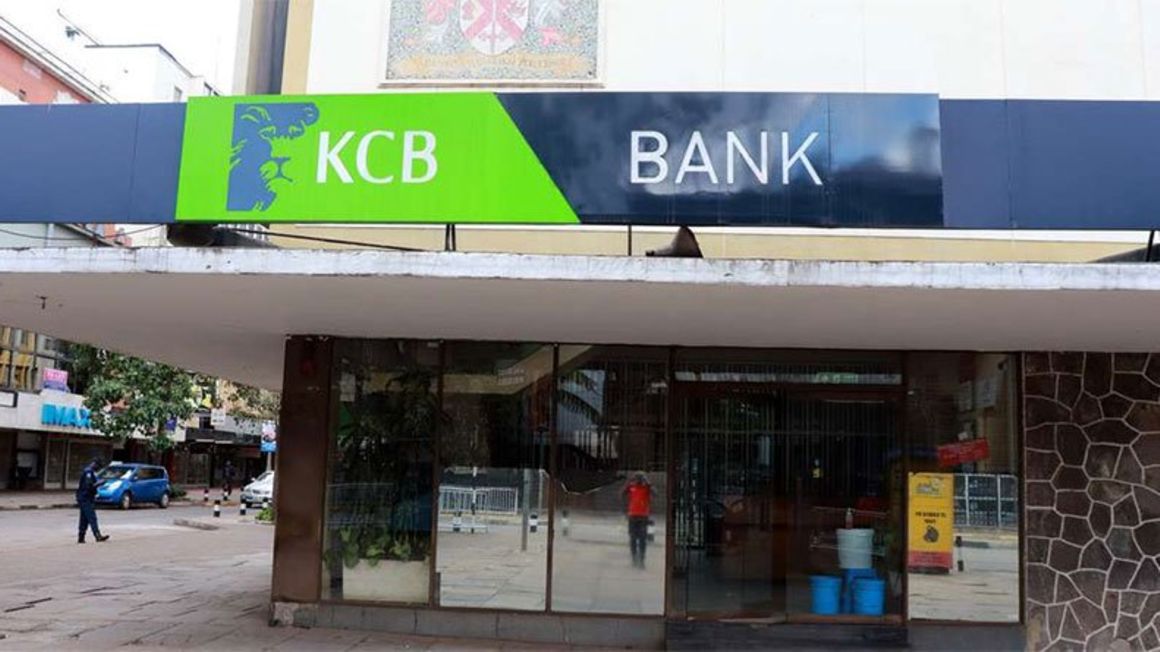
Kenya Commercial Bank branch in Nairobi. FILE PHOTO | NMG
Banks listed on the Nairobi Securities Exchange took 87.3 percent of the total profits recorded in the Kenyan banking sector in the year ended December, an analysis of
their performance shows.The 10 lenders –KCB, Equity, NCBA, Co-operative Bank, Absa, DTB, Stanbic, Standard Chartered, I&M and Housing Finance posted a combined pre-tax profit of Sh213.3 billion against the industry’s total of Sh244.1 billion in the review period.
Read: Listed banks retain Sh105bn earnings
The analysis, which excludes regional subsidiaries, shows the dominance of the listed institutions which have left the other 30 banks operating in Kenya to share the balance of the pre-tax earnings of Sh30.8 billion.
KCB Bank Kenya is the most profitable having posted a pre-tax profit of Sh49.7 billion in the review period or 20.4 percent of the sector’s total.
Peer and close rival Equity Bank Kenya meanwhile held a share of 17.2 percent of the industry’s profits or Sh42 billion.
Co-op Bank, NCBA and Absa rounded up Kenya’s top five most profitable banks after posting pre-tax earnings of Sh27.7 billion, Sh22 billion and Sh20.8 billion respectively.
StanChart, Stanbic, I&M, DTB and Housing Finance in contrast had a combined 21 percent share of the industry’s profits with earnings before tax at Sh17.1 billion, Sh12.2 billion, Sh11.7 billion, Sh9.9 billion and Sh197 million respectively.
Nevertheless, the hold of the listed banks' industry profits eased slightly from 89.9 percent a year earlier in 2021 when their combined pre-tax profits stood at Sh175.1 billion against the industry’s Sh194.8 billion in profits before tax.
Put together, banks posted record profits in 2022 largely from higher revenue streams from both lending and non-interest income sources including trade financing and forex trading.
The industry’s total asset base improved by 9.8 percent to Sh6.597 trillion from Sh6.008 trillion at the end of 2021.
Read: Top listed banks record Sh55bn paper losses on bonds
Gross loans meanwhile stretched by 14.1 percent to Sh3.708 trillion as private sector credit growth marked a recovery, rising to double digits for the first time since the entry of interest rate caps in September 2016.
However, credit risks for the sector remained elevated as gross non-performing loans rose to Sh496.6 billion from Sh426.8 billion a year prior.
→ kmuiruri@ke.nationmedia.com




No comments :
Post a Comment